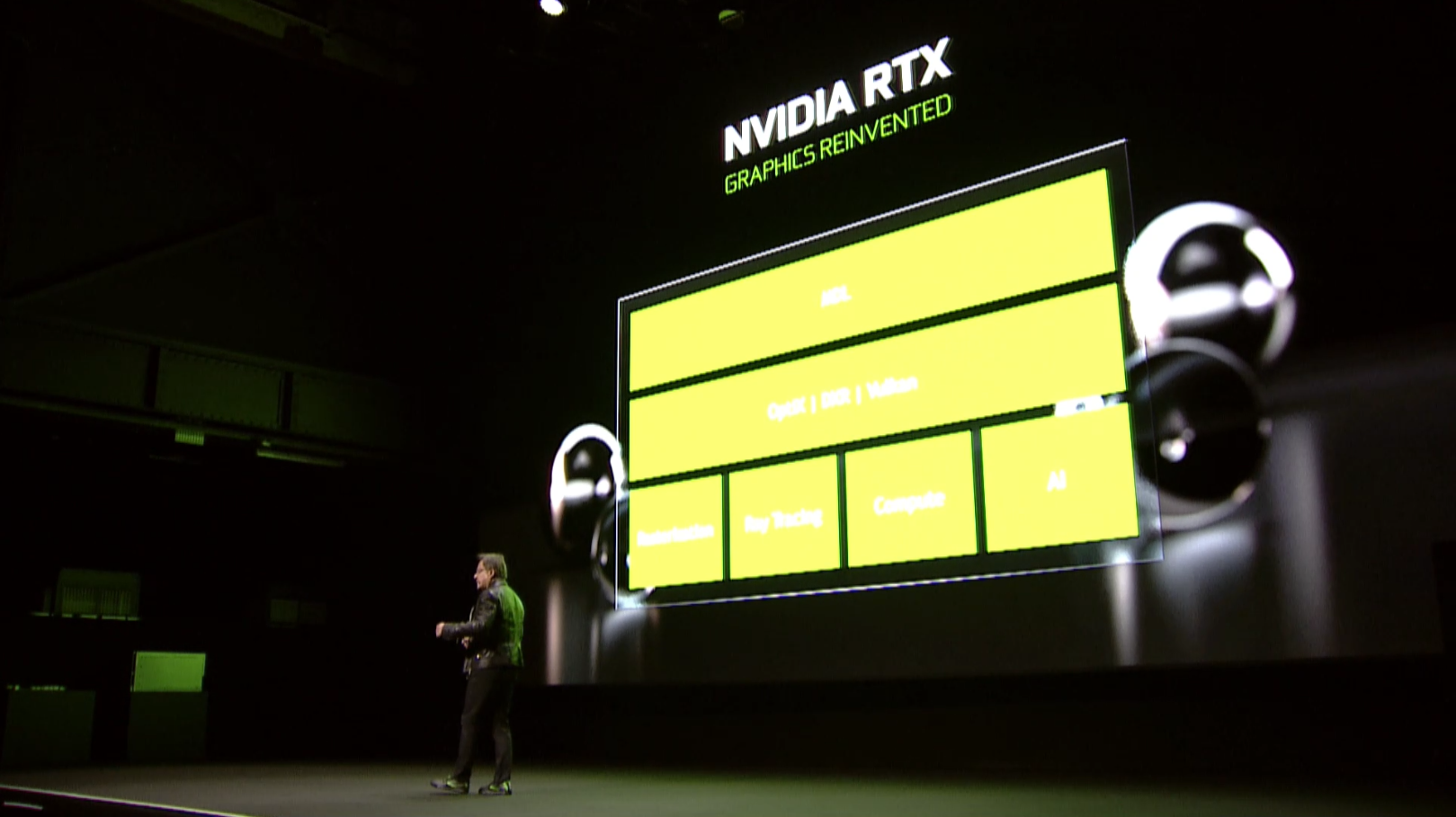
If it wasnt for all the leaks, Nvidias surprise announcement of the GeForce RTX 2080 Ti at its Gamescom 2018 press conference would have been much more of a, well, surprise.Still, it was exciting to see Nvidia tear up its previous conventions and release a Ti flagship model the same year it releases the RTX 2080.But, how does the GeFroce RTX 2080 Ti compare to its processor, the GTX 1080 Ti The GTX 1080 Ti is certainly a tough act to follow, being one of the best gaming graphics cards ever made.
It certainly feels like weve got the RTX 2080 Ti earlier than expected, but does this mean its less of a leap when it comes to performance Lets find out.Nvidia GeForce RTX 2080 Ti vs Nvidia GTX 1080 Ti priceThe GTX 1080 Ti launched on March 10, 2017, for $699 (699, around AU$1,000).
Even by Nvidias flagship GPU standards, this was a very high price tag, but for many people the pure gaming performance of the GTX 1080 Ti was well worth it.Because of that, we werent expecting the GeForce RTX 2080 Ti to be cheap, which is just as well when Nvidia unveiled its $999 (AU$1,899, about 753) price tag.Thats a hefty amount of cash its asking for, so the performance better be worth it.
Our full review of the RTX 2080 Ti, when we get our hands on one, will carefully consider this.If that price is too much, then bear in mind that the price of the GTX 1080 Ti may well drop now that its successor is out.
Its well worth keeping an eye out for any bargains on that front.Nvidia GeForce RTX 2080 Ti vs Nvidia GeForce GTX 1080 Ti architectureAs with other series 10 graphics cards, like the GTX 1080, the GTX 1080 Ti is built on Nvidias Pascal architecture, which Nvidia promised would deliver three times the performance of previous-generation graphics cards, while excelling at virtual reality and other advanced gaming technology.With Pascal, Nvidia introduced its 16nm FinFET process, which brought improved efficiencies, higher densities of transistors, and increased performance.The RTX 2080 Ti, however, is based on Nvidias new Turing GPU architecture.
This features the debut of RT Cores, which are specialized cores used to compute how light and sound travel in a 3D environment at a rate of up to 10 GigaRays.
They should allow Turing GPUs like the RTX 2080 Ti to process real-time ray tracing 25-times faster than Pascal architecture.Turing architecture also carries over Tensor Cores fromits Volta architecture, which can deliver up to 500 trillion tensor operations a second that benefits AI-driven rendering methods, such as deep learning anti-aliasing.As with Volta, Nvidia Turing has adopted GDDR6 memory that clocks in as fast as 14Gbps, and features 18.6 billion transistors compared to Pascals 11.8 billion transistors.Nvidia GeForce RTX 2080 Ti vs Nvidia GeForce GTX 1080 Ti specificationsThe Nvidia GeForce GTX 1080 Ti packs 3584 CUDA cores, 224 texture units and 88 ROPs.
It comes with 11GB of GDDR5X VRAM, which has a speed of 11Gbps making this Nvidias quickest Pascal card.
It also has a base clock of 1,480MHz, and a boost clock of 1,582MHz.Meanwhile the Nvidia GeForce RTX 2080 Ti features 4352 Cuda cores, 272 texture cores and 88 ROPs.
Memory-wise it has 11GB of GDDR6 VRAM with a speed of 14Gbps.
Its base clock is 1,350MHz, and it has a boost clock of 1,545MHz.That's for the reference spec of the RTX 2080 Ti.
There is also a GeForce RTX 2080 Ti Founders Edition which features an overclocked boost of 1,635MHz.It's certainly a decent spec bump over the 1080 Ti, and in our full review of the RTX 2080 Ti well give the new GPU a thorough test to see just how much faster it really is.c9E6TZK47VZbKF2eSYwLNc.jpg#

 9
9







